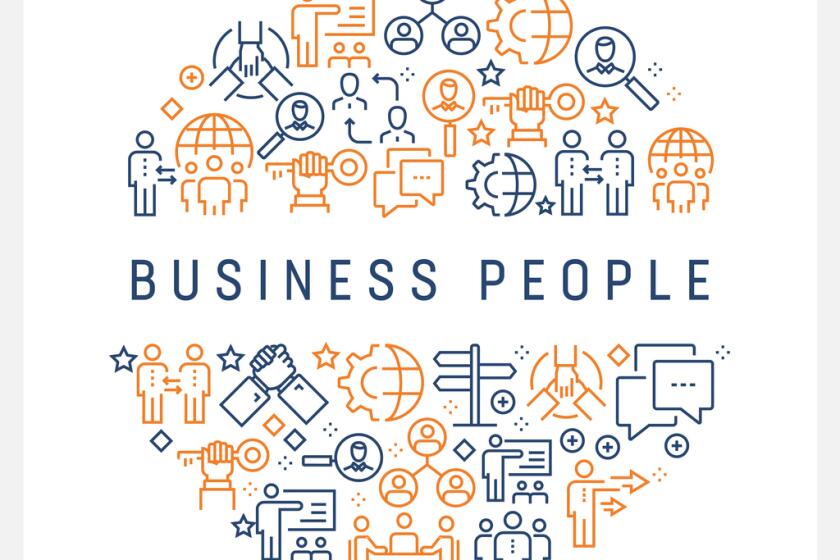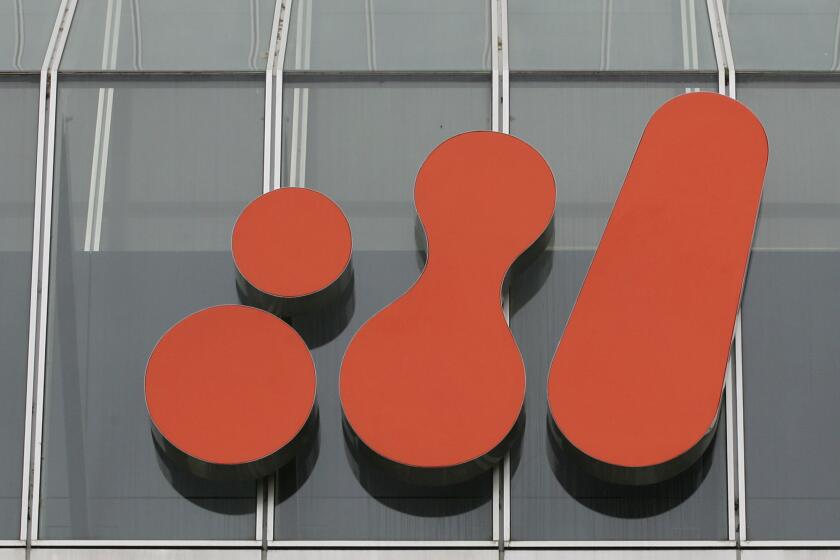Behavioral economics of entrepreneurs: Why do we tip, when and how much?

The past few weeks have been filled with a variety of columnists and opinion writers telling you their “best of” for 2021, and I don’t want to be left out of the mix.
My column tries to explore entrepreneurship in all its various forms and incarnations, good, bad or indifferent, and a baseline premise underlying the entire startup game is the assumption that founders and investors will act rationally in their own best self-interest.
Don’t bet on it, even in Vegas, but in an effort to advance the possibility of that outcome, I am recommending one book for 2022, “Rationality: What It Is, Why It Seems Scarce, Why It Matters,” by Harvard professor Steven Pinker. Let me advise my readers in advance, this is dense stuff, and a basic grounding in math will be advantageous.
Pinker offers statistical and logical tools, to be used as “benchmarks of reasoned argument, in the fight against rumor, folk-wisdom and conspiratorial thinking.” He suggests that in the end, “we still ought to follow reason.” Enough said.
Now, let’s take a rational look at tipping for service in an effort to better understand behavioral economics. I go to Brick and Bell in the Shores for coffee now and again, and if I pay cash, my tip is dictated by the change I get back, which I put in the jar. But if I use a credit card, I am faced with that damn point-of-sale device that says, do you want to tip and the options offered are 20 percent, 22 percent, 25 percent, a “custom” tip or no tip, and if you pick the last one, it is possible that you will get hot coffee “spilled” on your hand. It is clear to me that the infamous 15 percent has gone by the wayside. The POS (point of sale) system has anchored default tipping.
Do you tip when you take a taxi or an Uber? Let’s take a look at taxis courtesy of Kwabene Donkor, assistant professor at Stanford. Donkor drove a cab in New York City to help pay for his education. And then for his Ph.D., he decided to rigorously analyze the data on “why do people tip, and what events or feelings, if any, impact the amount?”
First off, “the behavior of tipping in NYC cabs is not rational according to traditional economic models. You paid for a service — being driven somewhere — and then you decide to leave a tip.
In the Brick and Bell example, I leave a tip because when I come back in the next day, they smile and I get good service. But in NYC, the chance of getting the same driver ever again is minuscule. There are 11,000 cabs in NYC.
So, it appears rational to tip where there is the expectation of repeat interaction, but it makes no sense when you will never see the guy who carried your bag at the airport ever again. But we do it. It is a social norm. Donkor looked at one billion taxi transactions paid by credit card and found that 97 percent left a tip, and the amount was about 20 percent. There was also a default POS system in the cabs, and about 60 percent of the people picked a pre-set amount, ranging from 20 percent to 30 percent. When the fare was under $20, the tips averaged 20 percent, but when the fare was $50, the passenger picked a custom amount that was less than 20 percent.
Obviously, straight percentage tipping can become expensive. Dinner is $300, but $170 of that was two bottles of wine. You can see the puzzle. I am not going to touch California’s bizarre “tip-sharing rules.”
Donkor argues that trying to calculate v. default has a “cost (brain power) to the consumer to do the computation,” for example trying to calculate 17 percent of an $18.60 fare. And the customer often simply ballparks, and usually chooses a lower value even number. The consumer who uses the menu default experiences less “intellectual cost” and it becomes a win-win for passenger and driver.
What Donkor shows in this microcosm is that there are huge implications to understanding how your customer thinks. Ask yourself, what button on the website do you want her to push, and how do you present it so it is perceived as a win-win?
Rule No. 696: “Stay or switch to door No. 2,” Monty Hall
Senturia is a serial entrepreneur who invests in early stage technology companies. You can hear his weekly podcast on innovation and entrepreneurship at imthereforyoubaby.com. Please email ideas to Neil at neil@blackbirdv.com.
Get U-T Business in your inbox on Mondays
Get ready for your week with the week’s top business stories from San Diego and California, in your inbox Monday mornings.
You may occasionally receive promotional content from the San Diego Union-Tribune.



